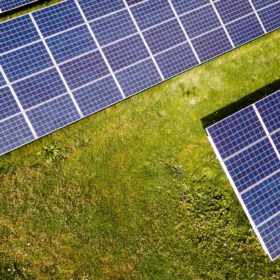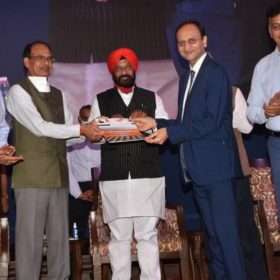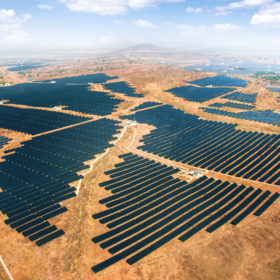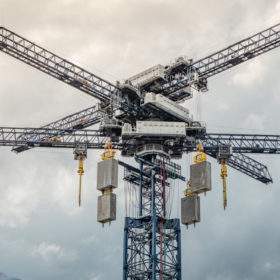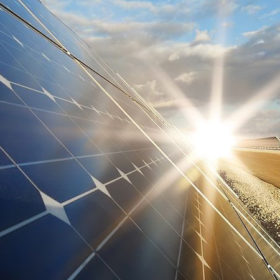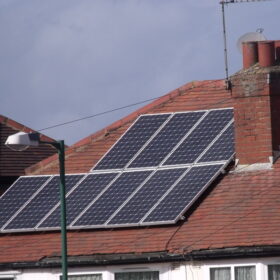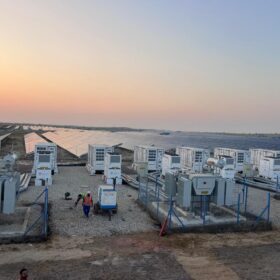UK to invest $1.2 billion in green energy projects in India
UK’s development finance institution CDC will invest $1 billion in green projects in India between 2022-26. Besides, UK has committed a new $200-million private and multilateral investment into the joint UK-India Green Growth Equity Fund that invests in Indian renewable energy.
Tata Power awarded 330 MW solar project in Madhya Pradesh
The company’s arm TP Saurya Limited has received the letter of award to build an aggregate 330 MW PV capacity in the 500MW Neemuch Solar Park.
Adani Green Energy raises US$ 750 million from issuance of green bonds
The solar developer shall utilize the proceeds towards equity funding of the capex for its under-construction renewable projects.
Looking at the world’s largest solar power stations
Solar energy pioneer and founder of Wiki-Solar, Philip Wolfe updates his series of blogs on the world’s largest solar power stations, first published in pv magazine in 2019. At that time, there were no single solar power plants over 1 GWAC. The record now is 2.2 GWAC.
Cheapest long-duration storage for systems with high renewables
National Renewable Energy Laboratory researchers have studied which tech offers the lowest levelized cost of energy to provide the US Western Interconnection grid with electricity when wind and solar are not available. They assumed 85% renewables penetration and determined that geologic hydrogen storage and natural gas combined-cycle plants with carbon capture storage are the cheapest options for 120-hour discharge applications.
Winners of 1.5 GW solar park auction to get ‘letter of award’ today
The recent auctions for solar parks in Agar (550 MW), Neemuch (500 MW), and Shajapur (450 MW) districts of Madhya Pradesh saw winning tariffs in the range of INR 2.14 (0.029 US$) to INR 2.459 (0.034 US$).
ArcelorMittal planning solar investment in Rajasthan and Gujarat
The UK-headquartered steel major is mulling to set up a 4.5 GW solar park in Rajasthan with an investment of INR 19,000 crore. It also plans to invest in Gujarat’s solar energy, wind energy, and hydrogen gas production sectors.
Combining big floating solar with hydropower
Scientists in Bangladesh have evaluated how a 50 MW floating PV plant could be integrated with the 230 MW Karnafuli Hydroelectric Power Station, located at the Kaptai Dam on the Karnaphuli River. They found that the two energy sources can be perfectly optimized and that PV can compensate for the reservoir’s shortage of water storage during the winter season while hydropower can compensate for the poor yields of the floating array during the monsoon season.
Gravity-based renewable energy storage tower for grid-scale operations
Energy Vault secured $100 million in Series C funding for its EVx tower, which stores gravitational potential energy for grid dispatch.
India added 2,110 MW of solar in April-May-June period
Despite rising module prices and lockdown restrictions, the nation maintained its quarterly solar capacity installation above the 2 GW level in the second quarter.
